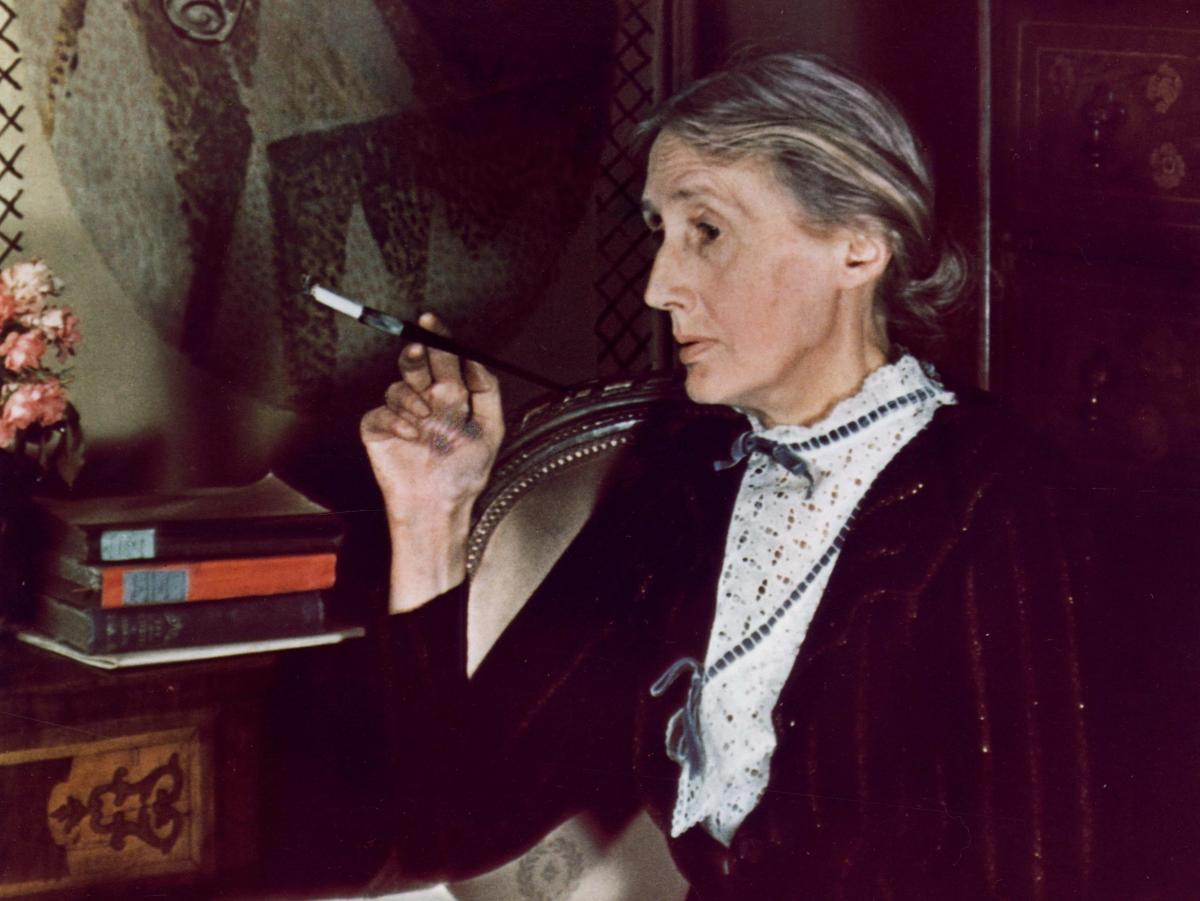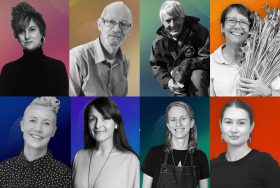Image: George Charles Beresford, Portrait of Virginia Woolf (1902) via theredlist.com
When we waved goodbye to 2014, we also farewelled one of my favourite initiatives – The Year of Reading Women.
After reading Joanna Russ’ 1983 book How to Suppress Women’s Writing in December 2012, author Lilit Marcus decided to dedicate herself to an all-female reading list as a way of advocating for women’s writing. What began as a personal resolution in the year 2013 became a well-publicised and widespread movement in 2014.
This is something I greatly admire – and have been actively engaged with since reading Carol Shields’ brilliant novel Unless in 2003 and being immediately annoyed that, despite having a degree in English Literature from an excellent university, I’d never encountered Shields’ work before.
My university reading list, much like my high-school reading list, was comprised of predominantly male authors. For the last 10 years I have been reading books by women authors, with the occasional male author thrown in, but my reading list is unashamedly female.
Like Marcus, I found that reading women did not make me feel limited in any way. Marcus writes:
There was one happy benefit of my all-female reading list: it felt completely, utterly ordinary. I don’t feel like I was missing anything. I didn’t feel deprived.
After her article was published online, Marcus’s personal resolution was picked up and promoted by a number of authors and critics, many of them men, and 2014 became known as the year for reading women.
Of course, this initiative was not without its detractors. As Marcus wrote later:
One Flavorwire commenter dismissed the significance of focusing on female authors and announced that he would only be reading books by authors who were tall.
Marcus was labelled as sexist and a misandrist. It is troubling that a woman who publicises the fact that she is reading predominantly female authors as a means of advocating for women writers should be treated this way. Famous men who show this same gender bias are not.
Take, for example, a list recently published on Brain Pickings website, grandly labelled Eight Books Every Intelligent Person on the Planet Should Read as chosen by astrophysicist and science commentator Neil deGrasse Tyson. This list fails to include even one female author.
On its own this wouldn’t be worthy of comment, but it comes in a rash of book-lists; the best books of 2014, the best of 2015, the books that Steve Jobs, Bill Gates, Carl Sagan, Leo Tosltoy recommend, all published at this time of the year and all of them, to borrow a phrase from Carol Shields’ novel Unless, forming “a testicular hit-list of literary big cats”.
These lists have two serious ramifications. Firstly, the increased attention on men’s novels mean that the work of male writers typically sells more and therefore becomes more attractive to publishers. Secondly, work by male writers is judged to be more significant and becomes an unconscious yardstick of “good” or “important” literature. If we keep ignoring women’s work, then how likely is this to change?
What intrigues me about the negative backlash faced by Marcus and by organisations such as VIDA and The Stella Prize is how quickly people label their projects as sexist or stupid. Yet if we look at history we see how important these critical voices have been.
Many of the most influential women’s publishers – Virago, The Women’s Press, The Feminist Press – were born of the same era as Second Wave feminism and were a direct result of the work of literary and cultural critics who were investigating the sexism of the literary industry. These publishing houses have been responsible for launching the careers of some of western culture’s most important writers and thinkers – Margaret Atwood, Maya Angelou, Elaine Showalter, Sarah Waters and Naomi Woolf – as well as publishing women of colour and also reprinting classic feminist texts.
Without the widespread critiques of the literary and publishing industries, would authors such as Margaret Atwood, Maya Angelou, Toni Morrison, Carol Shields, Jean Rhys, Arundhati Roy, Margaret Drabble, Oodgeroo Noonuccal, Helen Garner, Alexis Wright or Melissa Lucashenko ever have been published? It is a thought that makes my blood run cold.
I’m reading Orlando by Virginia Woolf at the moment, and I wonder what would have happened if Leonard and Virginia Woolf did not set up Hogarth Press. This publishing house was responsible for publishing Woolf’s esoteric and brilliant work, as well as the work of creative thinkers such as T.S. Eliot and Sigmund Freud.
That Woolf was writing and publishing in the UK at the same time that the suffragettes were agitating for the vote is no coincidence. Just as it is no coincidence that men and women of colour were published in greater numbers following the civil rights movement in the US – or that gay and transgender writers have been published in greater numbers following the 1980s.
It seems obvious that these challenges to the literary and publishing industries have been instrumental in bringing other literature to the fore. The world’s bookshelf would be a much poorer place if it had relied on the whims of a select few publishers and critics. As Toni Morrison writes in her essay, For a Heroic Writer’s Movement:
We live in an age of advanced capitalism, disintegrating into banditry. And being published in that atmosphere is debilitating. It tempts us into games devised by other people for more other people, into definitions of our work culled by other people; into professional and personal antagonisms that benefit other people; into knee-jerk vindictiveness, into vanity without pride; into celebrity without status; into a quisling acceptance of the “given-ness” of the market place.
So I’m going to spend 2015 predominantly reading works by women; and by “other” writers too – writers of colour, queer writers and transgender writers – and I’m looking forward, to borrow Marcus’s phrase, to a year of “completely, utterly, ordinary reading”.
This article was originally published on The Conversation. Read the original article.





